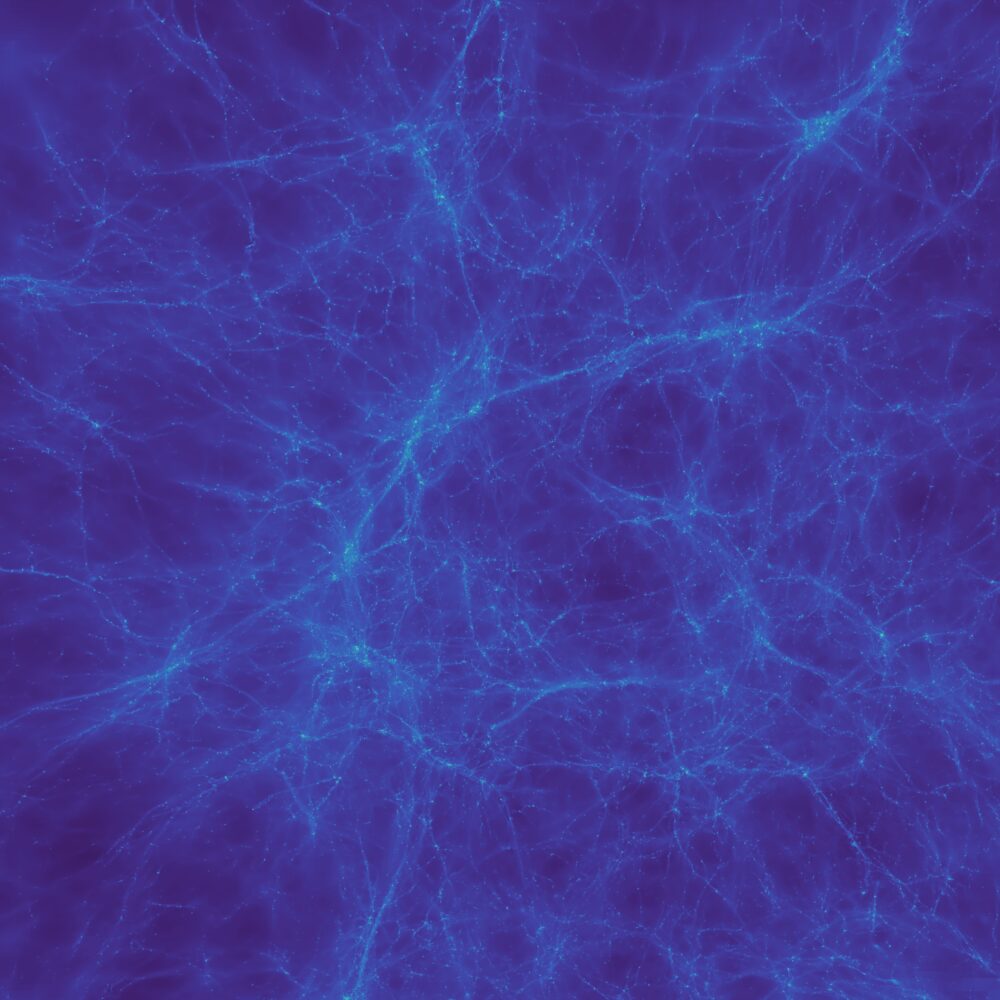Horizon-MareNostrum (Ocvirk et al. 2008)
The horizon simulations are a suite of simulations derived from the initial Horizon project and its flagship simulation, Horizon-MareNostrum (from the consortium between the Horizon project in France and the MareNostrum Numerical Cosmology Project in Spain). One essential goal of the Horizon project is to take into account the multi-scale problem of galaxy formation: dealing with a volume corresponding to our “Horizon”.
Website: http://www.projet-horizon.fr/article323.html
Horizon-AGN (Dubois et al. 2014)
The Horizon-AGN simulation is cosmological hydrodynamical simulation of 100 Mpc/h comoving volume with 10243 dark matter particles with the Planck cosmology. The simulation includes gas dynamics, gas cooling and heating, and various sub-grid models such as: star formation, feedback from stars (stellar winds, supernovae type II and type Ia), six chemical species (O, Fe, C, N, Mg, Si), and feedback from active galactic nuclei. The minimum cell size is 1 kpc constant in physical length.
Website: https://www.horizon-simulation.org/
NewHorizon (Dubois et al. 2021)
Hydrodynamical cosmological simulations are increasing their level of realism by considering more physical processes and having greater resolution or larger statistics. However, usually, either the statistical power of such simulations or the resolution reached within galaxies is sacrificed. The NEWHORIZON project simulates at high resolution a zoom-in region of ∼(16 Mpc)3 around a single halo and is embedded in a larger box. A resolution of up to 34 pc, typical of individual zoom-in, up-to-date resimulated halos, is reached within galaxies; this allows the simulation to capture the multi-phase nature of the interstellar medium and the clumpy nature of the star formation process in galaxies.
Website: https://new.horizon-simulation.org/
NewCluster (~ ongoing effort ~)
NewCluster is a cosmological zoom-in simulation targeting a galaxy cluster of about 500 trillion solar masses and is run using RAMSES-yOMP, an OpenMP version of RAMSES.
Website: http://gem.yonsei.ac.kr/index.php?n=Sciences.NewCluster
Key differences in the size, resolution, or physics in these simulations are accessible here.


